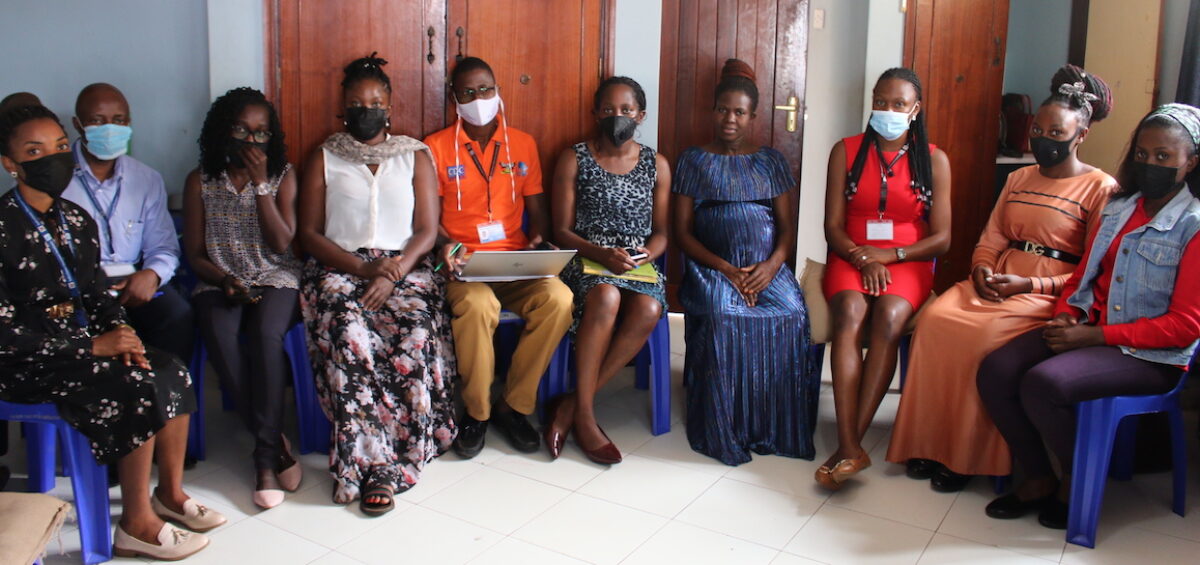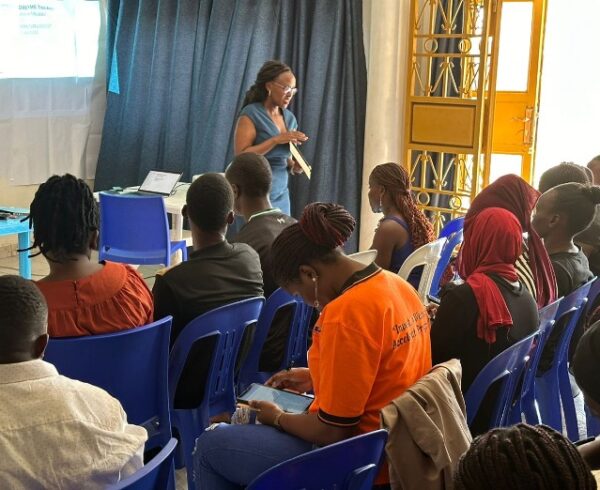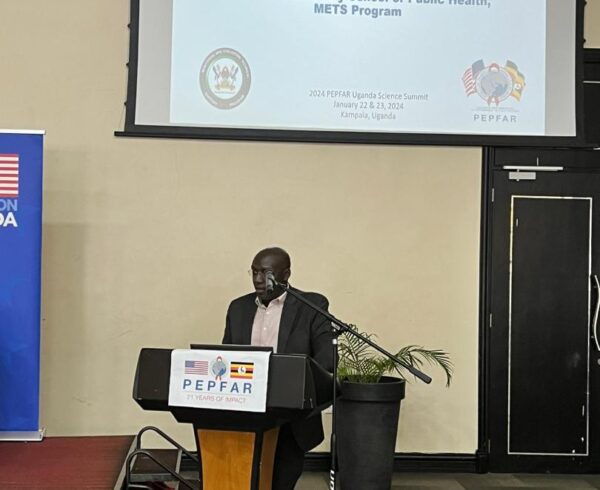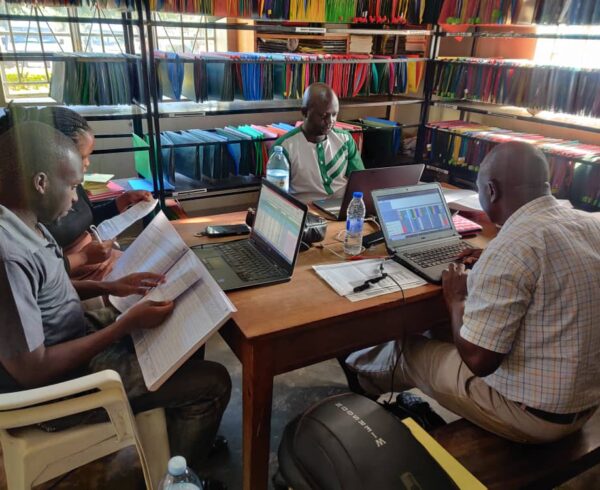Supported by PEPFAR, the Government of Uganda implemented the Determined Resilient Empowered AIDS-Free Mentored and Safe (DREAMS) Initiative in 2015. DREAMS is a program of social and economic interventions offered to adolescent girls and young women aged 10-24 years with the aim of reducing HIV incidence among Adolescent Girls and Young Women (AGYW). The DREAMS Core Package of interventions goes beyond the health sector, addressing the structural drivers that directly and indirectly increase girls’ HIV risk, including poverty, gender inequality, sexual violence, and lack of education, with the goal of reducing HIV incidence in females ages 10 to 24 by 40 percent.
Previous DQA results and audits indicated under reporting for key service indicators (CSES 15%, steppingstones 8% and SINOVUYO 11%), this an indication of backlog of data entry at the service point.
METS conducted a records review and Data Quality Assessment at sub county level to verify the number of girls in different age groups that had received a full package.
The DREAMS Program is implemented in 15 districts, across 215 sub counties in CDC supported districts. The exercise targeted to reach a sample of 80 sub counties (37%) in this assessment. Sub Counties were proportionately selected basing on the number of sub-counties within each district. AGYW data was reviewed registered in the selected sub-counties.
Sites were expected to collect their registers from all service points and the teams reviewed them and compared the data in the DREAMS Tracking System while identifying challenges encountered and then discussed action plans to manage the identified gaps.
Some of the challenges included power outages that delay data entry into the tracker and hence the discrepancies between the two sources
Overall, required data sources were available for review and were updated, an improvement from the last site mentorship exercises.
There was general understating of the new DREAMS Service layering guidance which stipulates providers on which services are to be given to girls in the different age groups.
Recommendations included providing technical advice to teams on how to develop Quality Improvement projects to address the gaps they were facing. This was to ensure teamwork and acceptance among them. Users were also encouraged to use real time data entry using the available mobile applications to reduce backlog of data entry.






